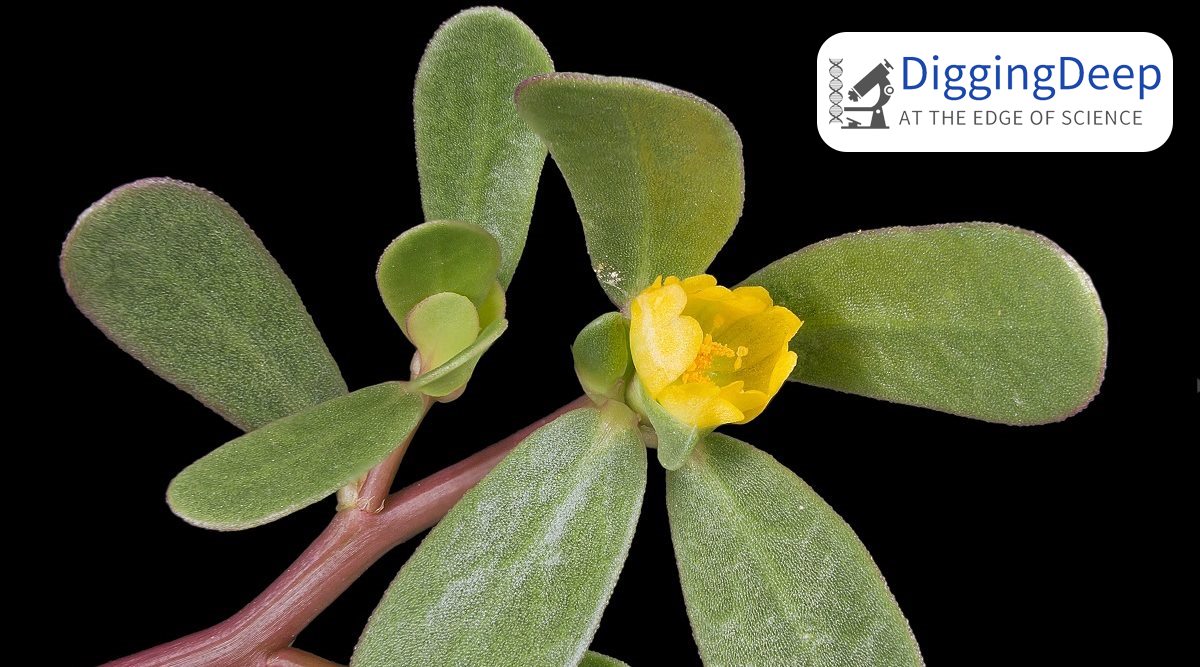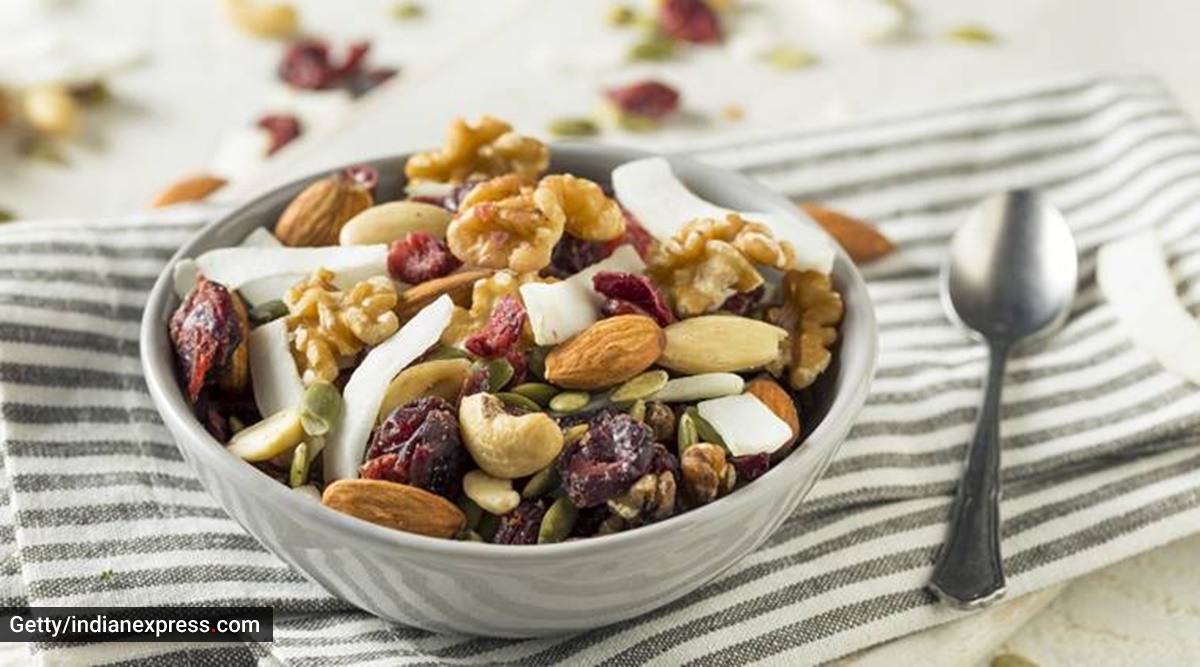
Local weather change has delivered to the fore considerations of guaranteeing meals safety for a rising inhabitants in a sustainable method. Lately, consideration has turned to vegetation which might be naturally drought resilient and devour much less water. Many of those are ‘orphan’ crops – these which might be traditionally and indigenously essential, however have not too long ago been placed on the again burner on account of a dietary homogenisation caused by globalisation. Examples acquainted to the workaday Indian would come with small grasses like sorghum, pearl millet, finger millet; and tubers like elephant yams and candy potatoes.
An upcoming, complete research in Frontiers in Sustainable Meals Techniques from the Division of Plant Science, Central College of Kerala, places the highlight on purslane (Portulaca oleracea), a crop traditionally consumed by way of a lot of the Previous World (Europe, Africa, Asia), however has of-late been dismissed as a peripheral, if not an outright ineffective byproduct. Its nicknames embrace duck’ weed’ and fats weed.
Authors of the research – and others earlier than them – keep that purslane could possibly be a key ‘local weather good’ crop in a drying surroundings.
Magic mechanisms
Purslane is a C4 plant which signifies that it fixes atmospheric CO2 as a 4-carbon molecule (the opposite photosynthetic pathway is C3, which fixes CO2 as a 3-carbon molecule). Whereas C3 vegetation (e.g. wheat, barley, and oats) develop at larger latitudes with excessive winter rainfall, C4 vegetation (e.g. most millets, maize, sugarcane) are present in hotter, low latitudes.
Powers Of #Purslane? https://t.co/tvrhjw0Zje
— Andrew Weil, M.D. (@DrWeil) August 7, 2018
Purslane can even change to particular photosynthesis referred to as Crassulacean acid metabolism (CAM) photosynthesis in line with environmental situations like salinity, day size, night time temperature and water stress. CAM photosynthesis is an adaptation to arid situations, whereby vegetation repair atmospheric CO2 at night time and carry out photosynthesis throughout the day. This photosynthetic pathway is current in xerophytic vegetation resembling cactus.
Purslane, not like many crops, has a singular capability of a C4-CAM change. It will possibly undertake a C4 pathway underneath regular irrigation situations and change to a CAM pathway when confronted with aridity.
Salt tolerance
The plant additionally displays pure resilience to salinity, and it’s argued that it could possibly be an essential biosaline crop. Purslane responds to salinity stress by growing the expression of a gene referred to as the pyrroline-5-carboxylate synthetase (PC5S) gene.
Earlier research have established that purslane – like different biosaline crops – manages to maintain up its photosynthetic exercise, albeit at the price of its progress potential. Nonetheless, researchers observe that whereas stress impacts the germination potential of the plant, it has no impact on the manufacturing of a excessive variety of seeds.
As a species, purslane displays a variety of phenotypic plasticity, which is the flexibility of a person to adapt simply to a change within the surroundings.
The paper additional discusses varied subspecies/cultivars with their very own strengths:
- Cultivars from Turkey have the bottom quantity of antinutrients
- Eritrea and Egypt cultivars have the very best drought tolerance
- Iranian cultivars have the very best biomass yield
- Dutch varieties have excessive ranges of omega-3-fatty acids
- Greek varieties exhibit excessive ranges of crude protein
Stress resistance
It’s argued that identification of the genetic pathways accountable for these particular person stress-resilient traits can be utilized in genetic engineering programmes to create much more superior varieties.
In addition to its stress resilience, the crop is thought for its nutritive phytochemicals resembling alkaloids, flavonoids, catecholamines, lignans, terpenoids, betalains, carotenoids, nutritional vitamins.
Along with the excessive biomass, “purslane takes up little or no area and time to develop and comprises omega-3-fatty acids which might be missing in a vegetarian/vegan weight loss plan.” Ajay Kumar, the creator of the research, mentioned in an e-mail dialog with IE.com. Consumption of purslane ought to due to this fact be promoted amongst vegetarians and vegans.
“Contemplating the vulnerabilities related to the mainstream globalised meals that journey lengthy distances earlier than reaching the kitchens, you will need to prospect these orphan crops which have regional and native significance and are simply out there. Such crops are particularly essential throughout the pandemics resembling COVID 19 and civil wars when supply-chains are disrupted,” he provides.
– The creator is a contract science communicator. ([email protected])









